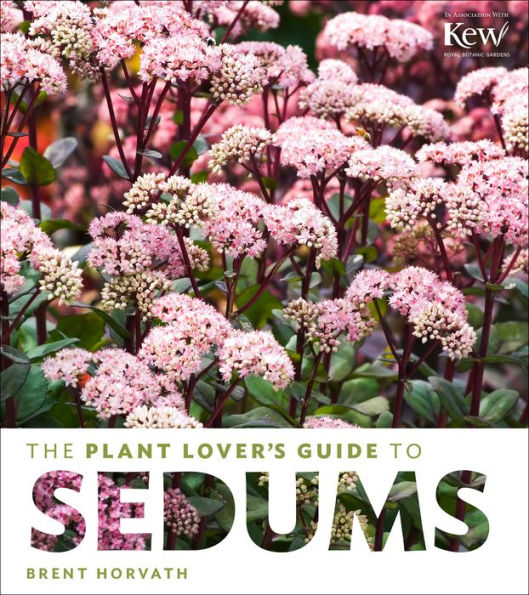Read an Excerpt
Introduction: Why I Love Sedums I grew up in the nursery business and continue to work in it today, and throughout my career, I have come to admire sedums more and more. They are so easy to grow, so varied, and so gorgeous. In autumn, the rich, earthy colors of the season—russets, golds, and buffs—signal cooling temperatures and the winding down of the gardening year. Many people grow Autumn Joy Hylotelephium ‘Herbstfreude’, the classic perennial sedum, and enjoy its season-long metamorphosis of hue. The flowerheads of soft raspberry pink deepen to garnet as fall approaches. What’s more, in all but the harshest climates, this tenacious plant continues to delight through the winter months as its flowerheads turn copper, then bronze. Something of a sedum poster child, ‘Herbstfreude’ may be the most familiar but is by no means the only worthy example of this broad group. It has many charming cousins. Of the literally hundreds of different sedums, tall and small, the majority are as easy to grow as ‘Herbstfreude’, asking little more than a sunny spot in well-drained soil. Because sedums are technically succulents, they can survive drought and forgive neglect, thanks to their juicy, moisture-retaining leaves and tough root systems. Unlike their relatives the jade plant (Crassula) and cacti, many sedums are hardy in USDA Zones 5 to 9. If you live in a region where sedums cannot withstand winter outdoors, you can always enjoy them in containers and bring them indoors for the cold months, or take cuttings and start over the following spring. If you don’t have any sedums in your garden yet, start small. Pick one or more for a pot or for your garden. I highly recommend Christmas cheer, Sedum rubrotinctum, for a container. This trusty plant will brighten a window for the winter, cheerfully color up in spring, enjoy the heat of summer, and hunker down with you in the fall. Getting to know sedums has been an adventure for me. There are so many species, from all over the world. Some hail from the steppes and lower mountain slopes of Eastern Asia and Europe, others come to us from settings as diverse as Japanese islands and Rocky Mountain outcroppings. Because gardeners have appreciated these plants for a long time, there are plenty of worthwhile selections, hybrids, and variations, and new ones are continuing to enter the trade every year. The last definitive book on the group, Sedum: Cultivated Stonecrops, by Ray Stephenson, was published in 1994. A lot has changed since then. Not only have many more plants and variations come on the scene, but botanical research has entered a new realm whereby plants are now being classified and reclassified according to DNA-based information. As botanists have been working to sort out and catalog the diversity in sedums, there has been a lot of reorganization and some confusion persists. Briefly, many stonecrops remain in the genus Sedum, although some have been reclassified into other genera, notably Petrosedum and Phedimus. Most if not all of the border types are now placed in a separate genus Hylotelephium. Please don’t let such details daunt you or deter you from exploring these plants or tracking down ones that you really want. No matter what they’re called, they are all related and often marvelous. Whether you favor the handsome border sedums with their surprising variety of flower and foliage colors, or you prefer the low-growing groundcover sedums, there are plenty of plants to capture your imagination and enhance your garden—not just in autumn, but throughout the gardening year.



